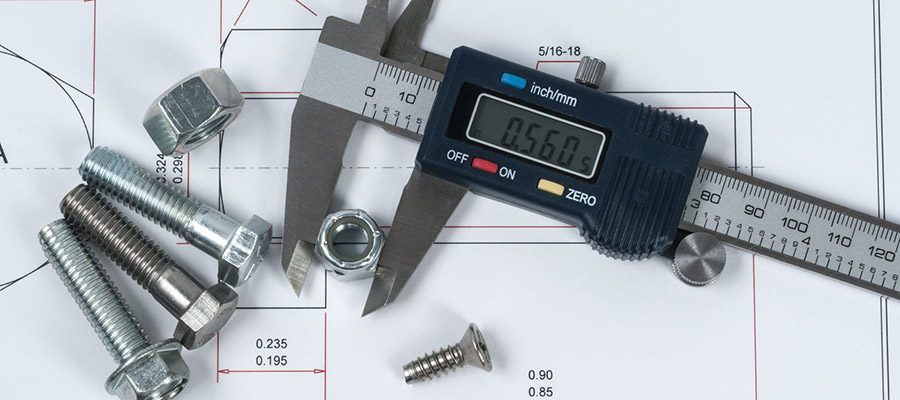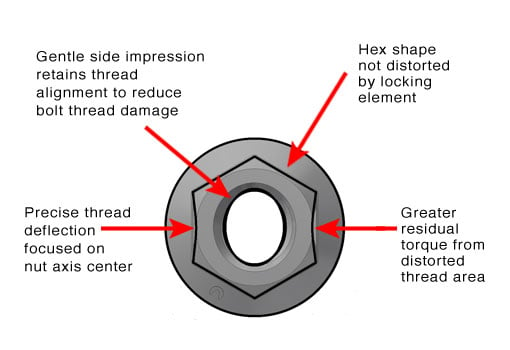According to G2MT Laboratories in 2016 alone, “corrosion will cost the US economy over 1.1 trillion dollars,” and that’s without measuring the damage it can do to a company’s reputation. No matter the industry, accidents and mishaps related to metal corrosion of equipment and materials is a substantial risk.
Fortunately, technological advances have led to the creation of chemical compounds and materials that can be used to reduce the effects of acidic exposure. Applied through coating and plating, these materials give locknuts and other equipment the durability to withstand corrosion.
While coating and plating does protect your locknut, it is not a one size fits all solution. This can make choosing the right coated or plated locknut difficult. Even the highest quality locknut on the market can’t resist corrosion without the proper coating.
Knowing the consequences of choosing the improper coating for your assembly makes choosing the right one all the more intimidating.
There’s good news: we’ve created a coating guide you can download to make your decision that much easier!
There are many factors you must take into account before deciding which one is best for you. Factors such as the cost of different materials used, installation issues related to the thickness of the coating, oversized threads not fitting correctly, and metal corrosion caused by contact of dissimilar metals to name a few.
The first step to understanding what kind of coating you need is determining the level of exposure to corrosive factors your locknuts will endure. Locknuts that are exposed to environmental factors such as moisture, water and other chemicals require a different coating than those that are not.
The level of exposure is categorized into a four-point scale, starting with low exposure, followed by medium exposure, high exposure, and at the top end of the scale, severe exposure.
To determine the levels of exposure a locknut coating can withstand, coatings are commonly tested using salt spray chambers. These chambers expose the coating to harsh environmental conditions to find the corrosion resistance measured by the hours until noticeable corrosion begins to appear. In addition to corrosion resistance, these results can be reported as hours until red rust, or salt spray hours.
The lower end of the scale is meant for applications that only need a minimal amount of salt spray hours, whereas the higher end requires a much greater amount of hours until red rust. Each level pertains to the specific corrosive factors and each level provides higher protection for the locknut than the level below.
To learn more about choosing the right plated or coated locknut and determining the correct level of exposure for your specific application, check out the full guide, “Corrosion Resistance for Locknuts.”
References
Jackson, Joshua E. “Cost of Corrosion Estimate in United States.” G2MT Laboratories. G2MT Laboratories, 2016. Web. 30 Dec. 2016. <http://www.g2mtlabs.com/corrosion/cost-of-corrosion/>.







